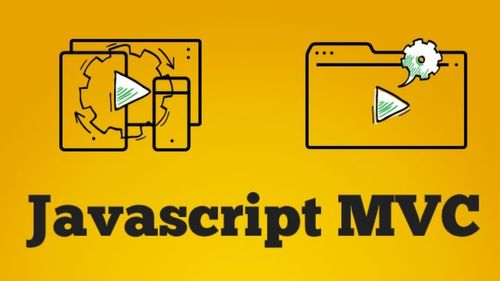In the ever-evolving world of web development, data validation plays a pivotal role. Email validation, in particular, is crucial for ensuring that the data collected from users is accurate and reliable. In this comprehensive guide, we'll delve into the intricacies of email validation in JavaScript using the MVC (Model-View-Controller) framework. You'll gain a deep understanding of its significance, practical implementation, best practices, and find answers to common questions that will empower you to create robust and user-friendly web applications.
The Significance of Email Validation
Before we explore the nitty-gritty of implementing email validation in JavaScript with MVC, it's important to grasp why this is a fundamental aspect of web development.
1. Data Accuracy
Email validation ensures that the data collected through web forms is precise, minimizing errors and ensuring that users receive the expected communication.
2. Enhanced User Experience
Validating email addresses in real-time or during form submission provides users with immediate feedback, reducing frustration and errors.
3. Data Security
Email validation helps protect your web application from malicious inputs and potential vulnerabilities by ensuring that the data received is safe and adheres to expected standards.
4. Regulatory Compliance
In some cases, email validation is necessary to comply with data protection regulations, such as GDPR, which mandate accurate and secure data handling.
Now, let's explore the methods for email validation in JavaScript with MVC.
Email Validation in JavaScript with MVC
Implementing email validation in JavaScript within the MVC framework is a straightforward process. Here's a step-by-step guide on how to achieve this:
1. MVC Setup
Begin by setting up your MVC project, including the necessary model, view, and controller components for your web form.
2. Form Input
Create an input field in your MVC view for collecting email addresses from users.
3. JavaScript Function
Write a JavaScript function to validate the email address entered by the user. You can use regular expressions to perform this validation.
4. Real-Time Validation
Implement real-time validation by calling the JavaScript function whenever the user interacts with the email input field.
5. Error Handling
Display appropriate error messages to the user in case of invalid email input, ensuring a user-friendly experience.
Best Practices for Email Validation in JavaScript with MVC
To ensure that your email validation implementation within JavaScript and MVC is robust, consider following these best practices:
1. Use Regular Expressions
Leverage regular expressions to perform email validation, ensuring that the input adheres to the correct email format.
2. Custom Error Messages
Tailor validation error messages to be user-friendly and descriptive, helping users understand and correct their input.
3. Real-Time Feedback
Implement real-time email validation to offer users immediate feedback as they interact with the email input field.
4. Server-Side Validation
Combine client-side validation with server-side validation to ensure data integrity and security.
5. Accessibility
Ensure that your email validation implementation is accessible to all users, including those who rely on assistive technologies.
Common Questions about Email Validation in JavaScript with MVC
Q1: Is client-side email validation sufficient for data security?
Client-side validation is crucial for user experience, but for robust security, always implement server-side validation to prevent malicious submissions.
Q2: How can I customize the email validation error message in JavaScript with MVC?
You can customize validation error messages by creating dynamic HTML elements to display error messages that are clear and user-friendly.
Q3: Can I use regular expressions for email validation in JavaScript with MVC?
Yes, regular expressions are a powerful tool for email validation and can be effectively used within JavaScript and MVC.
Q4: Is email validation in JavaScript with MVC compliant with GDPR and other data protection regulations?
Email validation in JavaScript with MVC is a fundamental step in achieving GDPR compliance by ensuring accurate and secure data handling.
Q5: Can I use JavaScript and MVC email validation for other purposes, such as account registration?
Absolutely, you can leverage this email validation technique for various purposes, including account registration, subscription forms, and more.
Q6: Are there any performance considerations when implementing email validation in JavaScript with MVC?
While email validation itself is lightweight, consider optimizing your form for performance, especially if it contains numerous validation rules or complex logic.
Conclusion
Mastering email validation in JavaScript with MVC is a valuable skill for web developers. By understanding its significance, following best practices, and providing a seamless user experience, you can ensure data accuracy and security while enhancing user satisfaction in your web applications. Whether you're building simple contact forms or complex registration processes, email validation within JavaScript and MVC is a fundamental component that ensures your web applications capture precise and reliable data.



